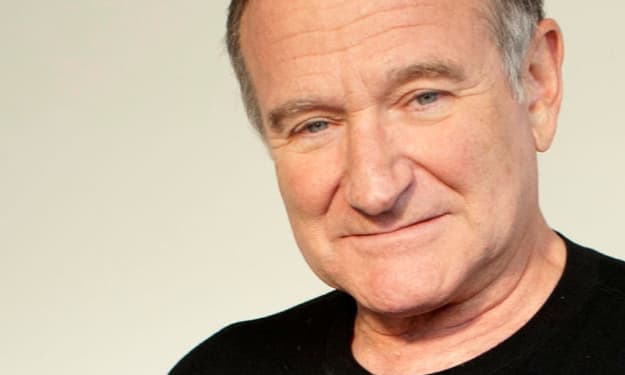**Behind the Scenes: What Really Happens on a Movie Set**
Written by A.I

Movies have the power to transport us to different worlds, evoke a range of emotions, and tell compelling stories. While the finished product we see on the big screen often feels seamless, the reality behind the scenes is a complex, meticulously coordinated effort involving countless professionals. The magic of filmmaking is not just about the actors delivering their lines but about the intricate dance of many moving parts working in harmony. Let's dive into what really happens on a movie set.
### Pre-Production: Laying the Groundwork
Before the cameras start rolling, extensive planning is necessary. Pre-production involves several critical steps, including scriptwriting, casting, location scouting, and designing sets and costumes. Producers and directors collaborate to finalize the script, ensuring that it’s ready for production. Casting directors audition actors to find the perfect fit for each role, which can be a lengthy and competitive process.
Simultaneously, location scouts search for appropriate settings that match the script's demands. Whether it’s a bustling cityscape or a serene countryside, each location must be meticulously vetted for logistics, accessibility, and permission to shoot. Set designers and costume designers then get to work, creating the visual elements that will bring the story to life. Every prop, piece of furniture, and costume must align with the film’s vision and period.
### On Set: The Day-to-Day Operations
Once pre-production is complete, the action moves to the film set. A typical day on set is a whirlwind of activity, beginning early in the morning and often extending late into the night. The day starts with the call sheet, a detailed schedule distributed to cast and crew outlining the day’s scenes, locations, and individual call times.
**Director and Crew Coordination**
The director is the creative leader on set, guiding the film's artistic vision. They work closely with the director of photography (DP), who is responsible for capturing the visual essence of the film. The DP collaborates with the camera crew to set up shots, determine lighting, and frame each scene.
**Lighting and Sound**
Lighting technicians play a crucial role in creating the film’s mood and atmosphere. They position and adjust lights to ensure the scene is well-lit and visually appealing. Sound technicians, meanwhile, manage the audio equipment, ensuring that dialogue and ambient sounds are captured clearly. Their work is critical to ensuring that every word spoken by the actors is audible and free from unwanted noise.
**Actors and Makeup**
Actors spend a significant portion of their day in hair and makeup. Makeup artists and hairstylists transform actors to match their characters, whether it’s through subtle enhancements or elaborate special effects makeup. Once they’re camera-ready, actors rehearse their scenes, often running through lines and blocking (movement and positioning) with the director.
### The Role of the Assistant Directors
Assistant directors (ADs) are the unsung heroes of the set, responsible for managing the shooting schedule and keeping everything on track. The first AD oversees the set's daily operations, ensuring that scenes are shot efficiently and on time. The second AD manages the call sheets and coordinates the movements of extras and minor cast members.
### Challenges and Problem-Solving
Despite meticulous planning, unforeseen challenges inevitably arise. Weather conditions, technical malfunctions, and last-minute script changes can disrupt the schedule. The ability to adapt and problem-solve is essential for everyone on set. For instance, if rain interrupts an outdoor shoot, the production may need to quickly relocate to an indoor set or rearrange the shooting schedule.
### Post-Production: Piecing It All Together
Once filming wraps, the project moves into post-production. This phase involves editing the footage, adding special effects, sound design, and music scoring. Editors work closely with the director to assemble the shots into a coherent narrative. They select the best takes, cut scenes together, and ensure the film flows seamlessly.
Sound designers and composers then add layers of audio, from background music to sound effects, enhancing the emotional impact of each scene. Special effects teams create any CGI elements, whether it’s a simple green screen background or a complex action sequence.
### Conclusion: The Collaborative Art of Filmmaking
The journey from script to screen is a testament to the collaborative nature of filmmaking. Every person on set, from the lead actor to the production assistant, plays a vital role in bringing a film to life. The behind-the-scenes effort is a blend of artistry, technical skill, and problem-solving, culminating in the cinematic experience we enjoy.
Understanding what happens on a movie set adds a deeper appreciation for the films we watch. It’s a reminder that behind every iconic scene is a dedicated team working tirelessly to create movie magic.
About the Creator
Enjoyed the story? Support the Creator.
Subscribe for free to receive all their stories in your feed. You could also pledge your support or give them a one-off tip, letting them know you appreciate their work.





Comments
There are no comments for this story
Be the first to respond and start the conversation.